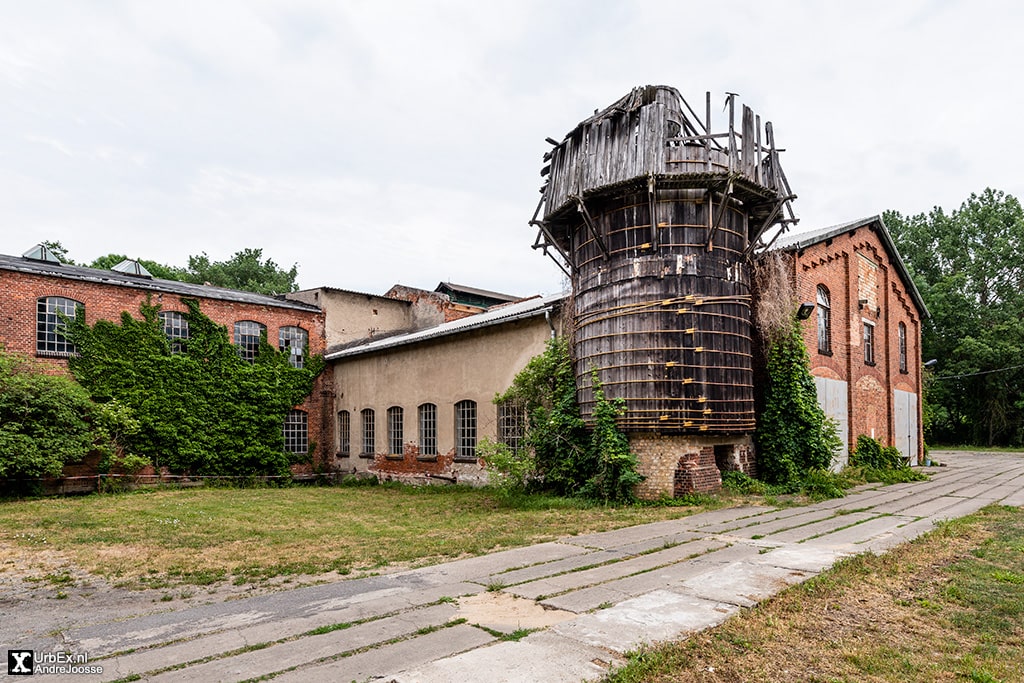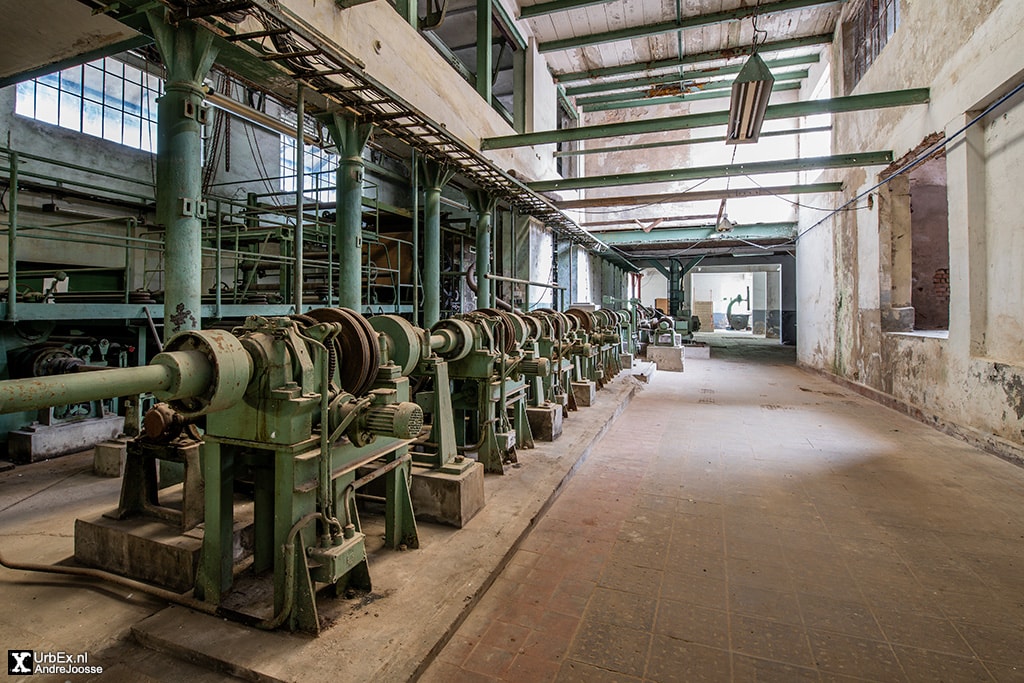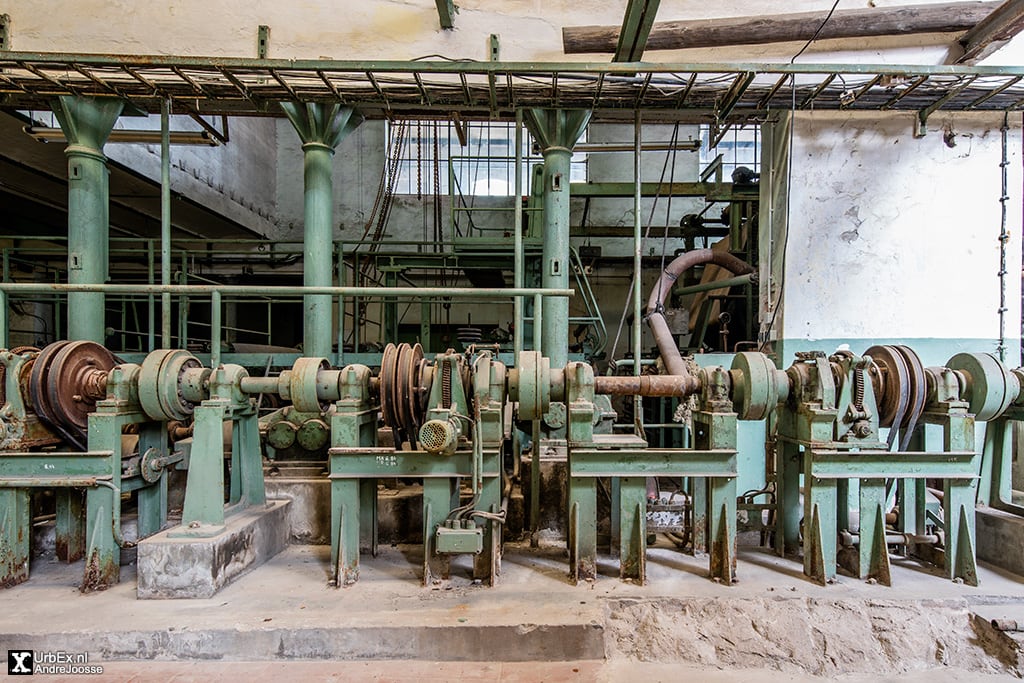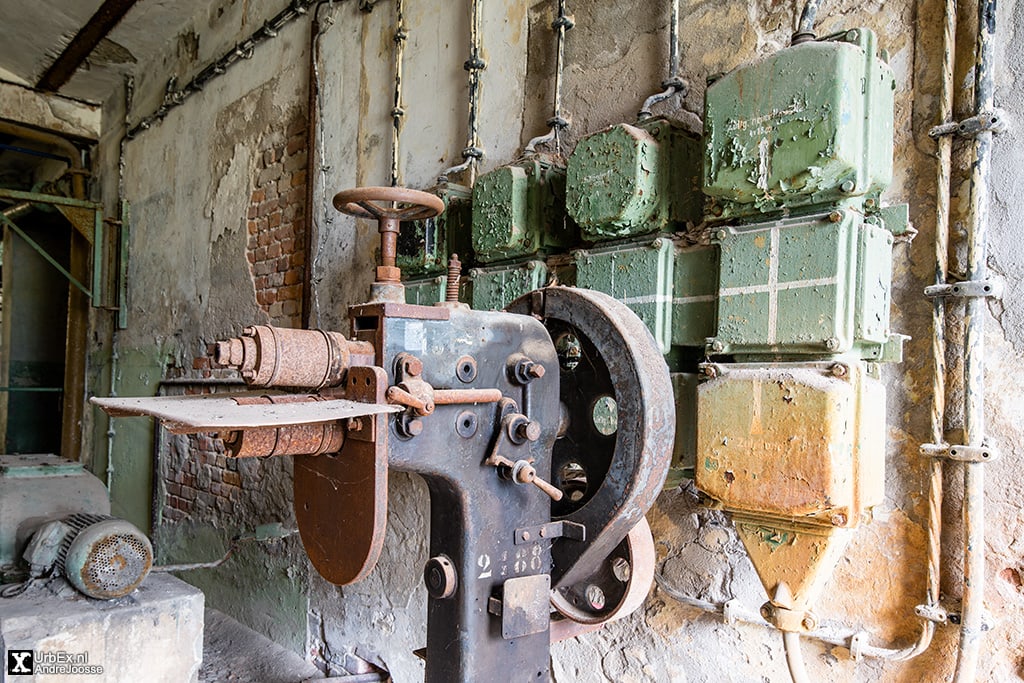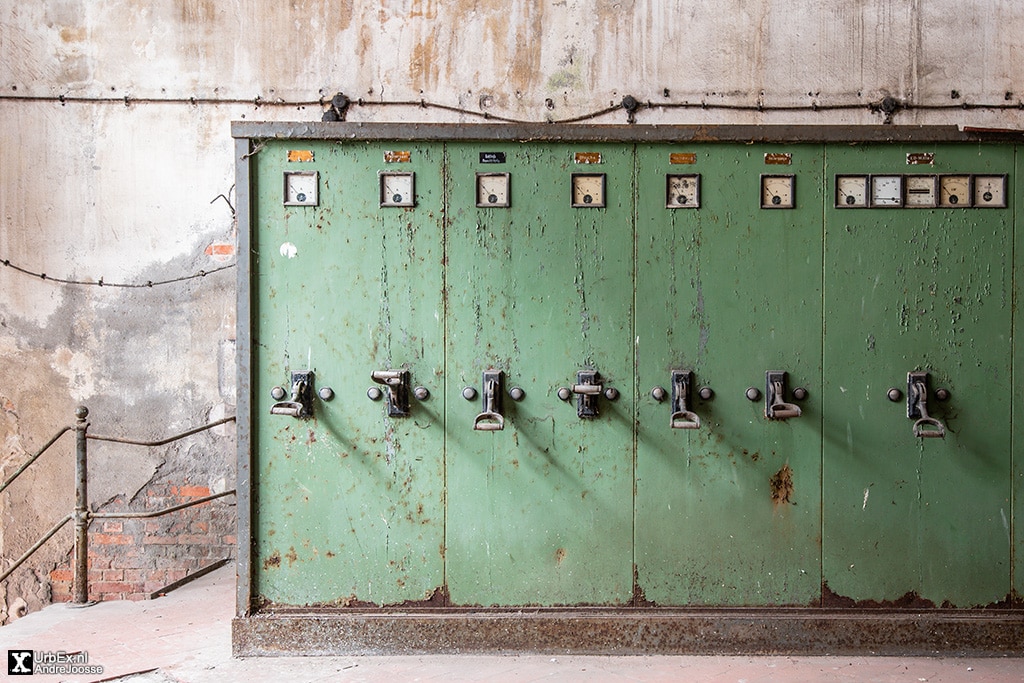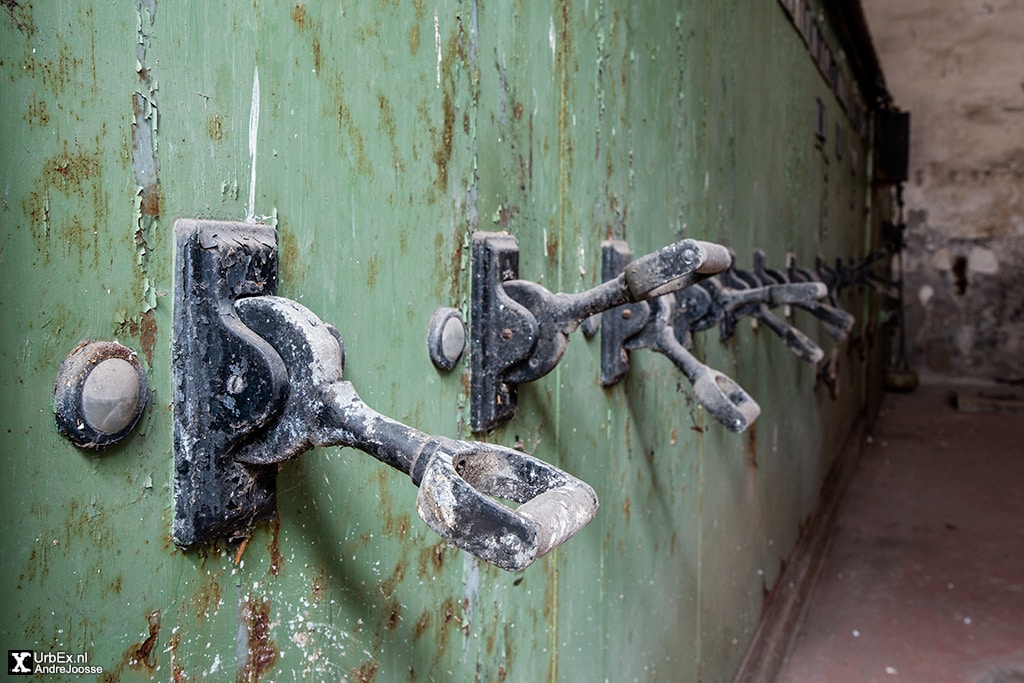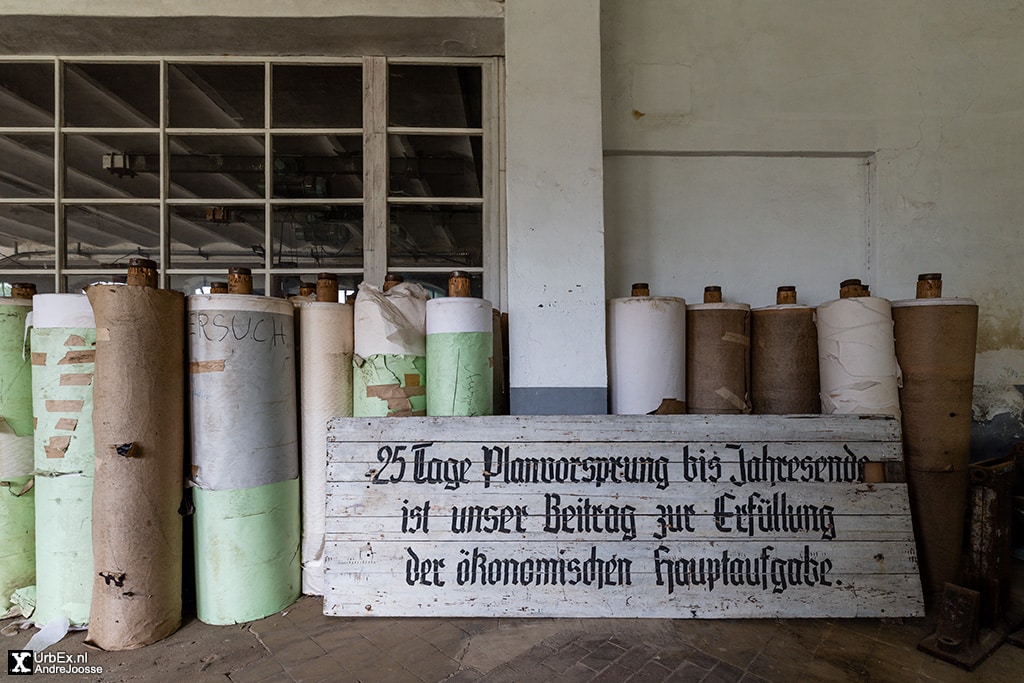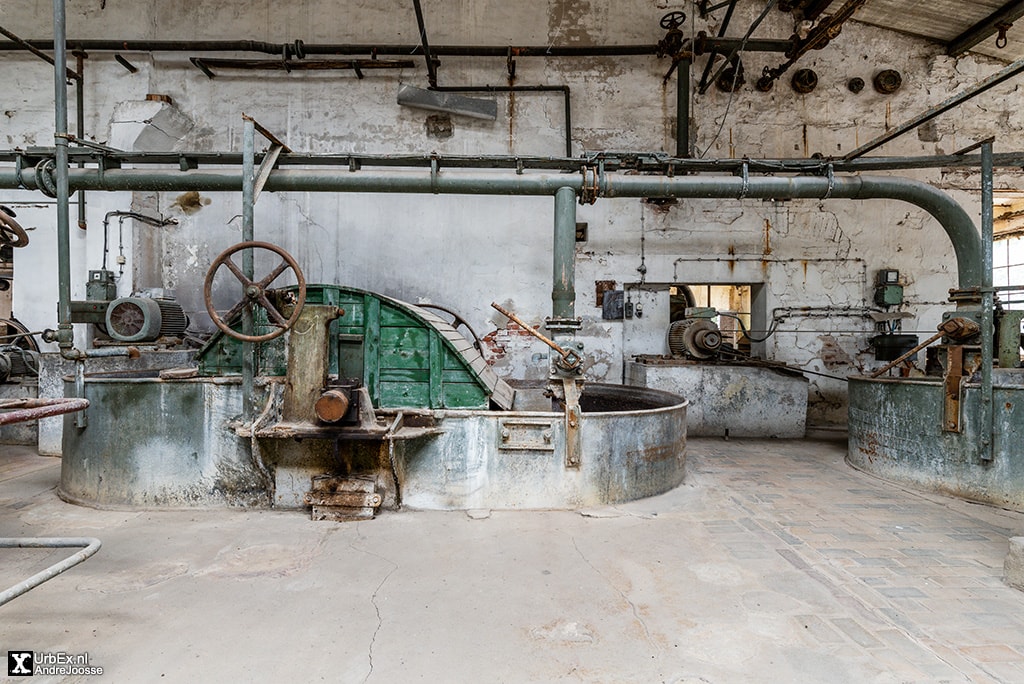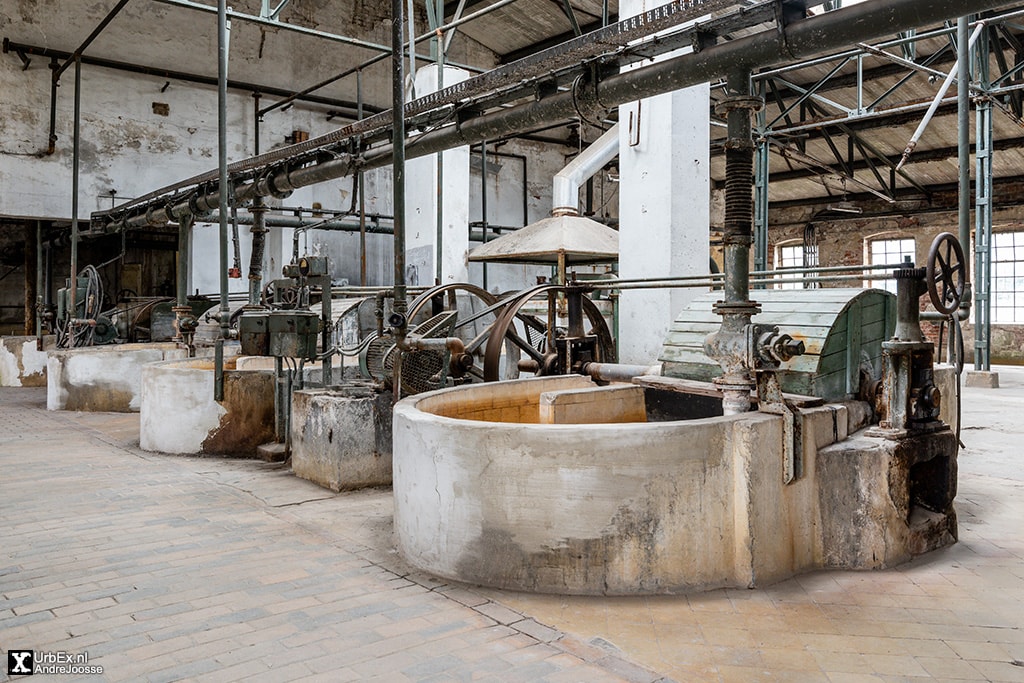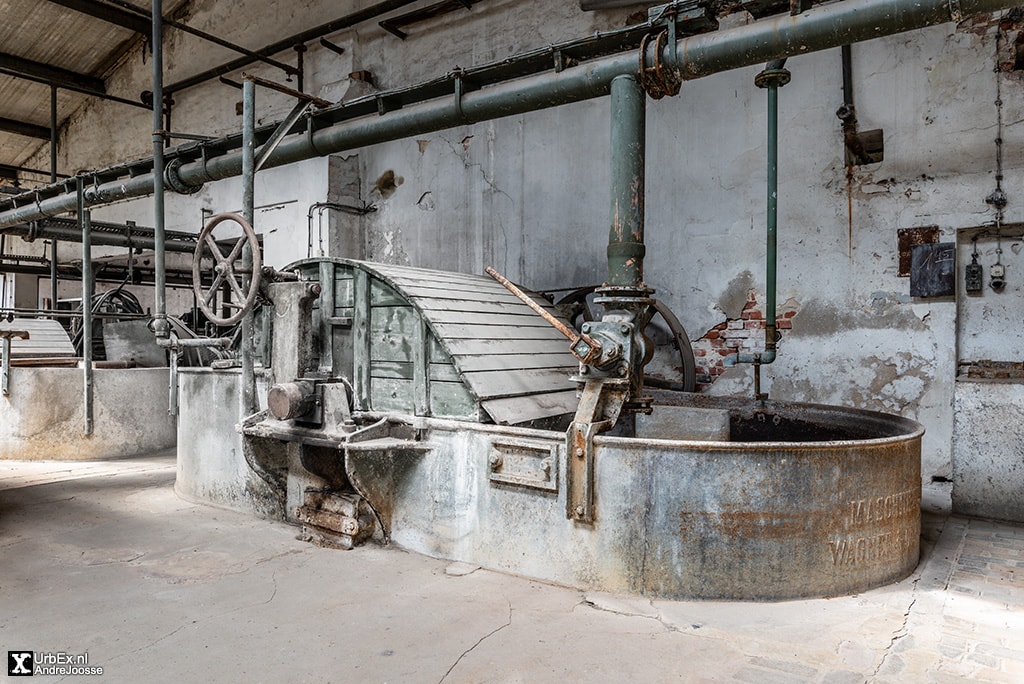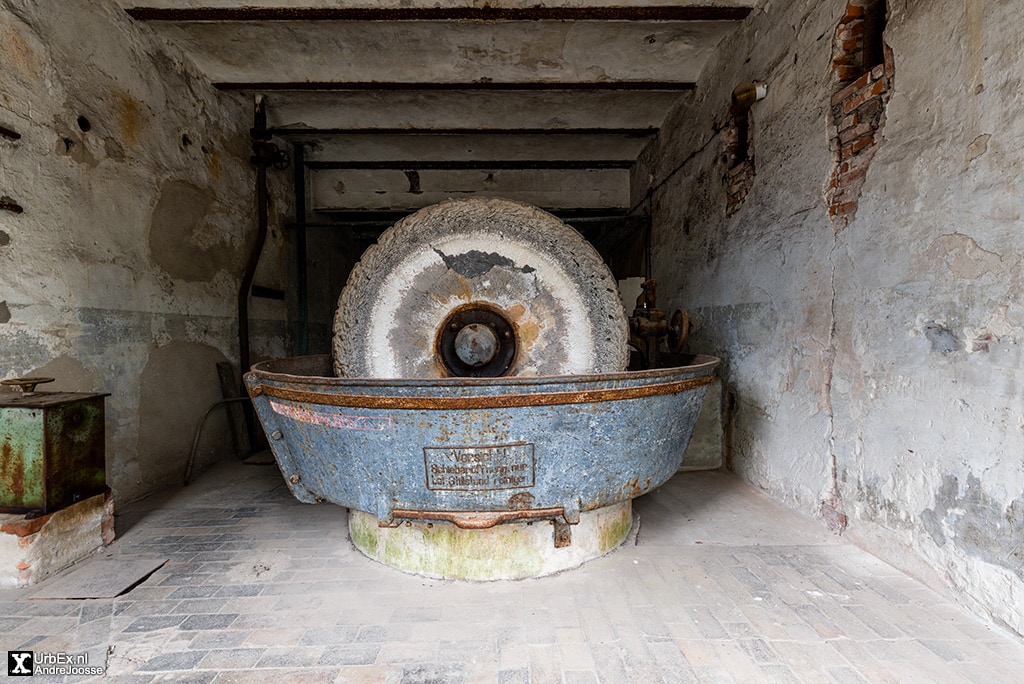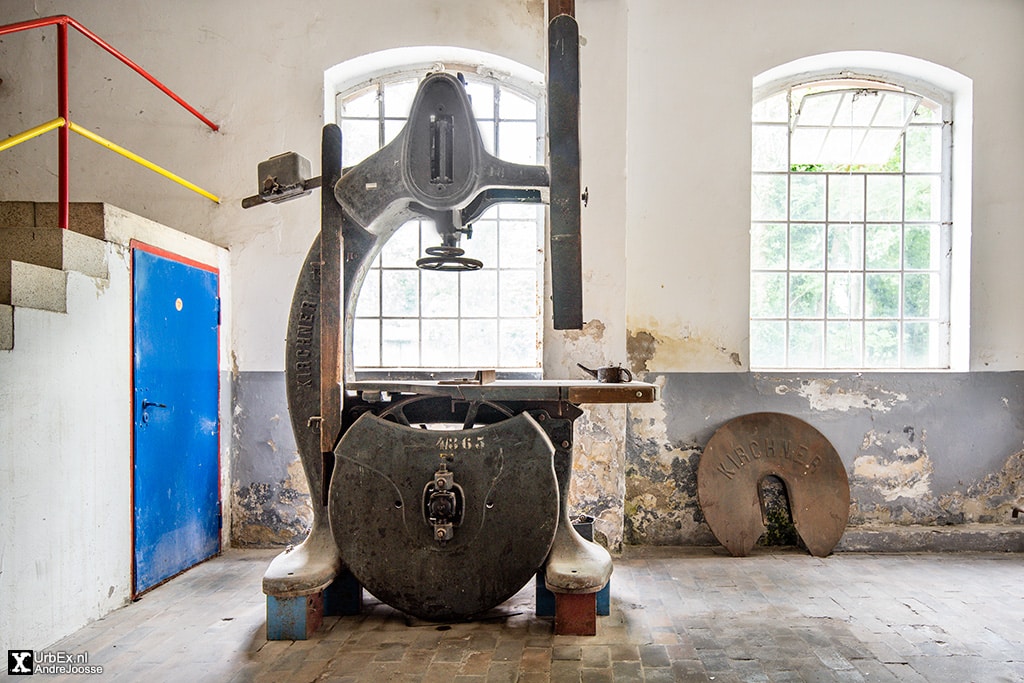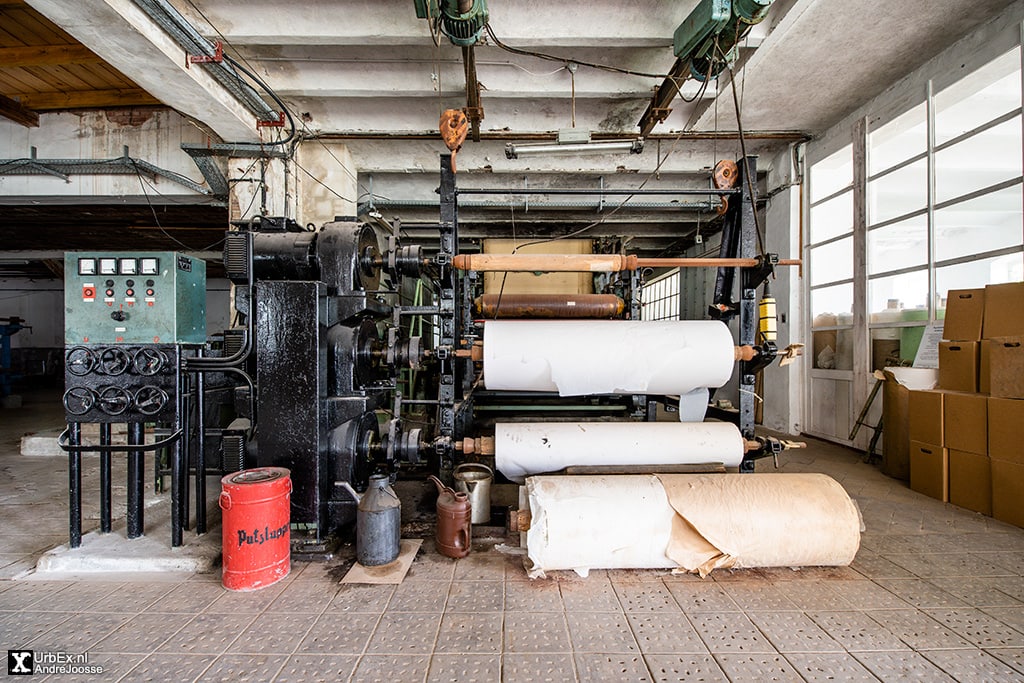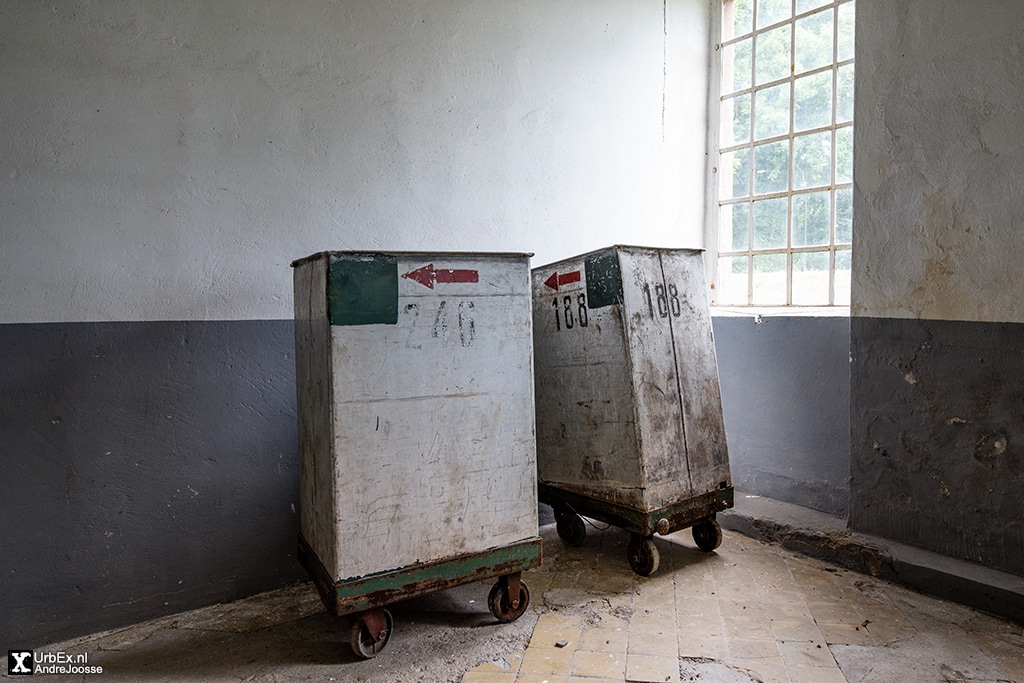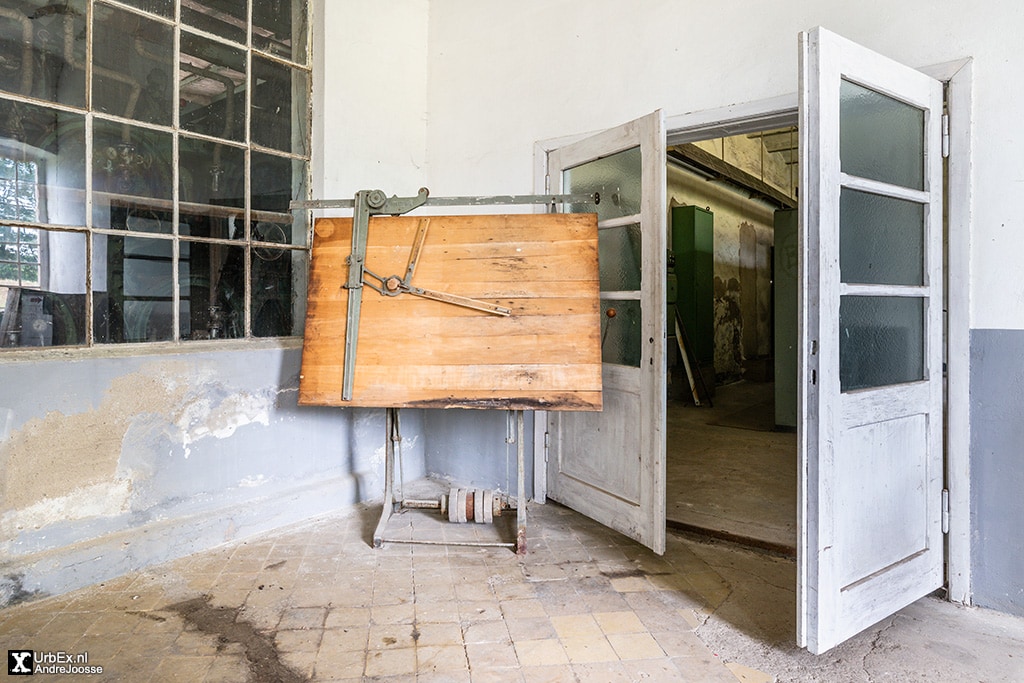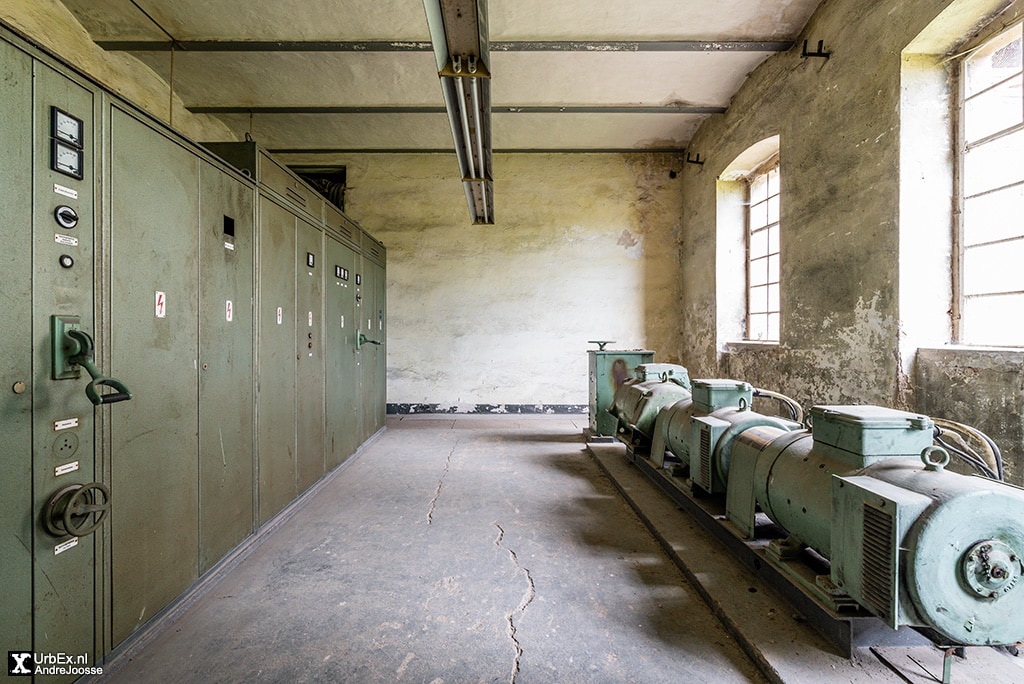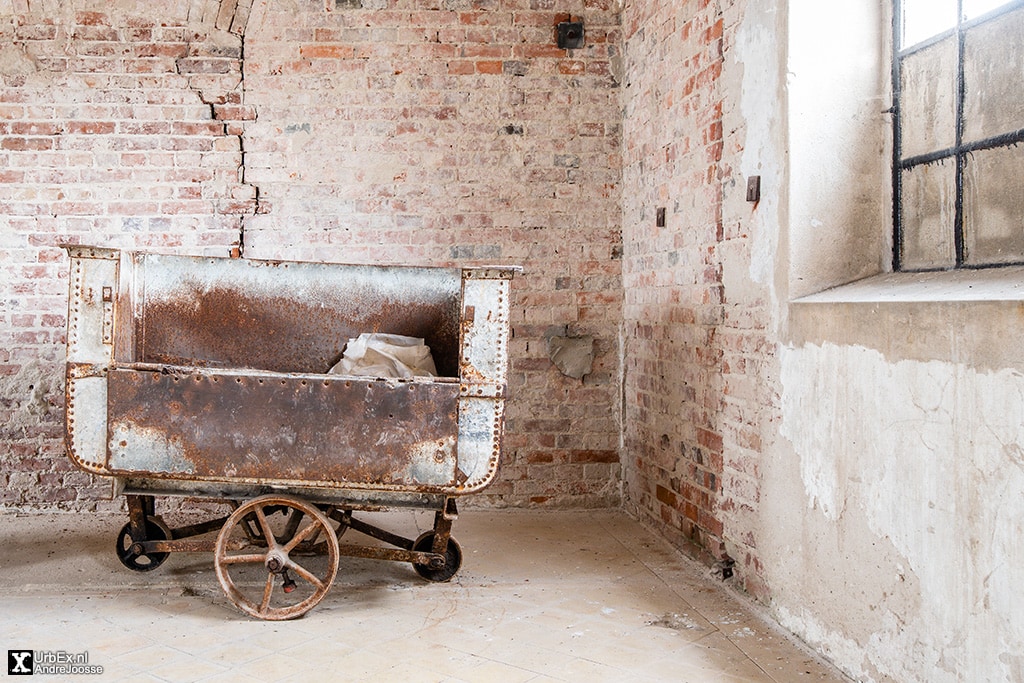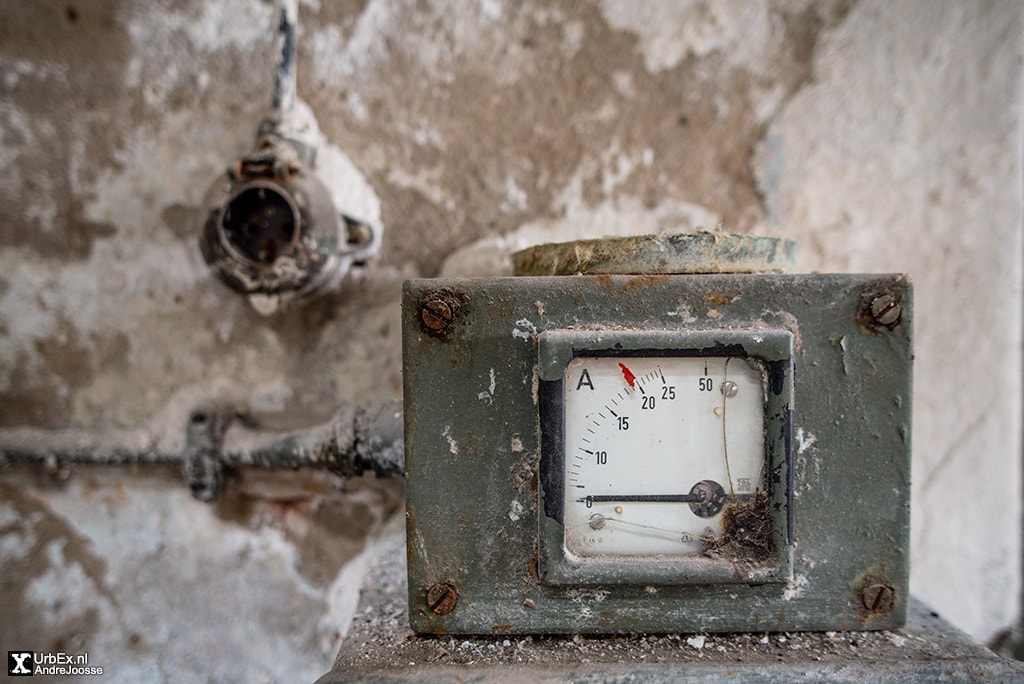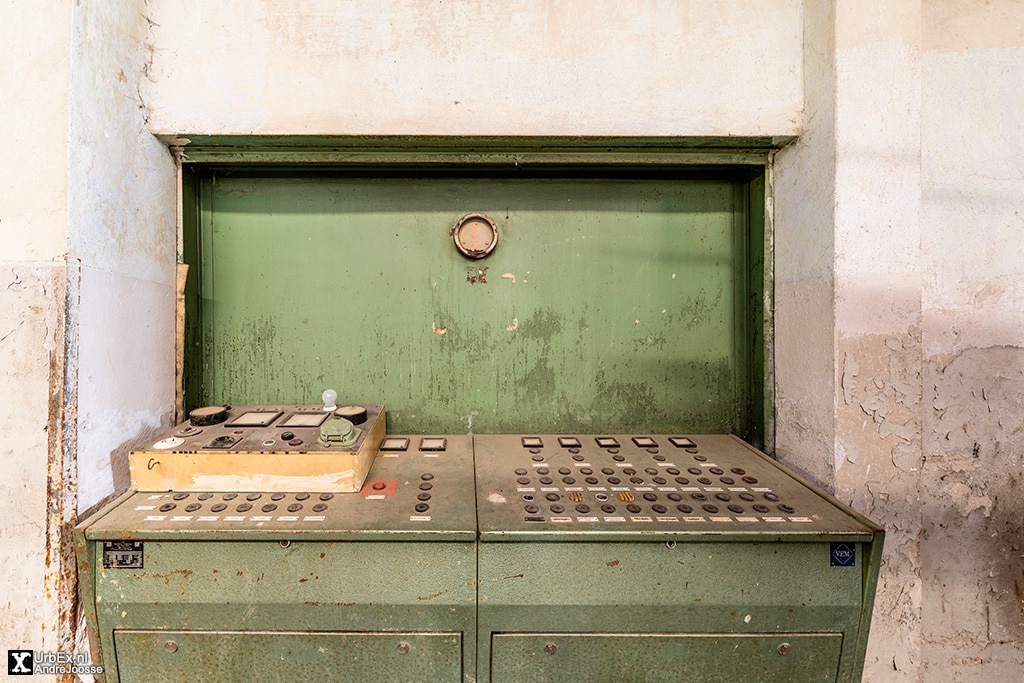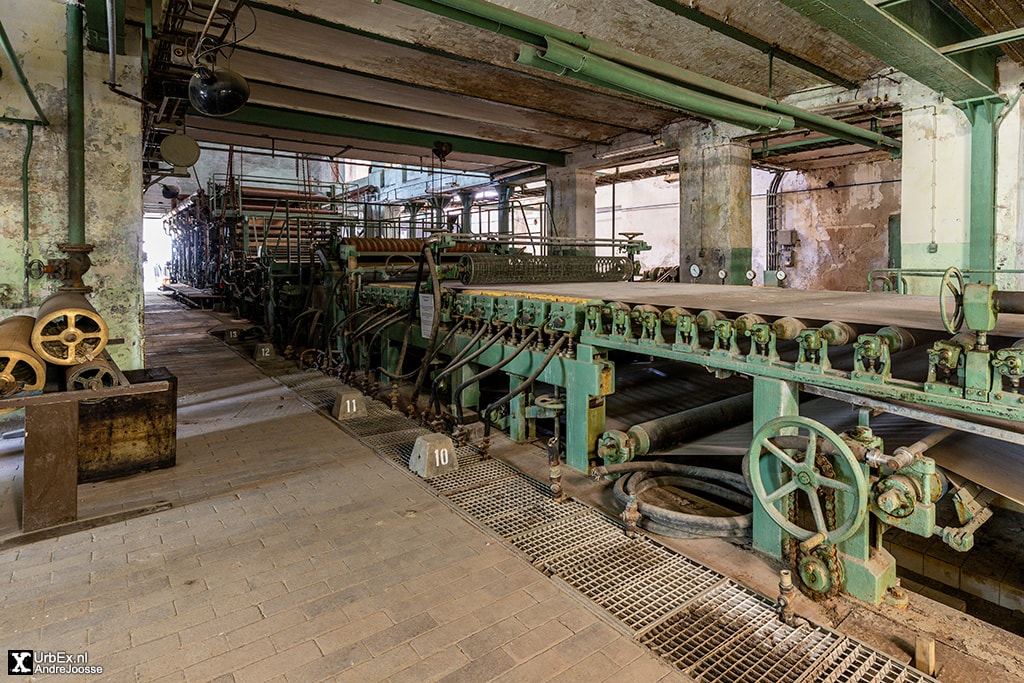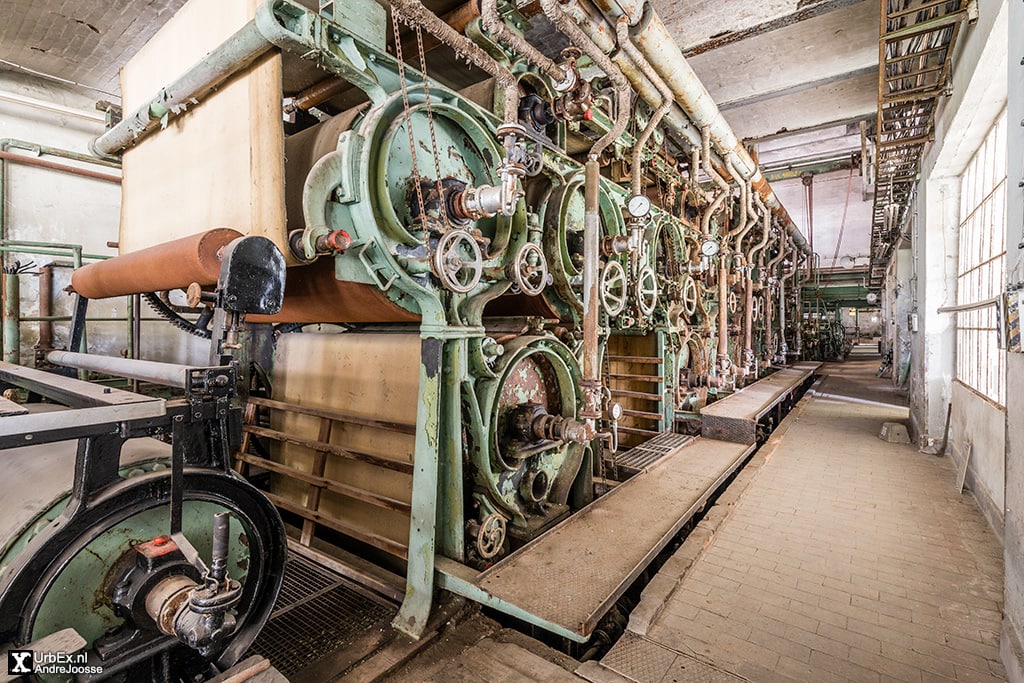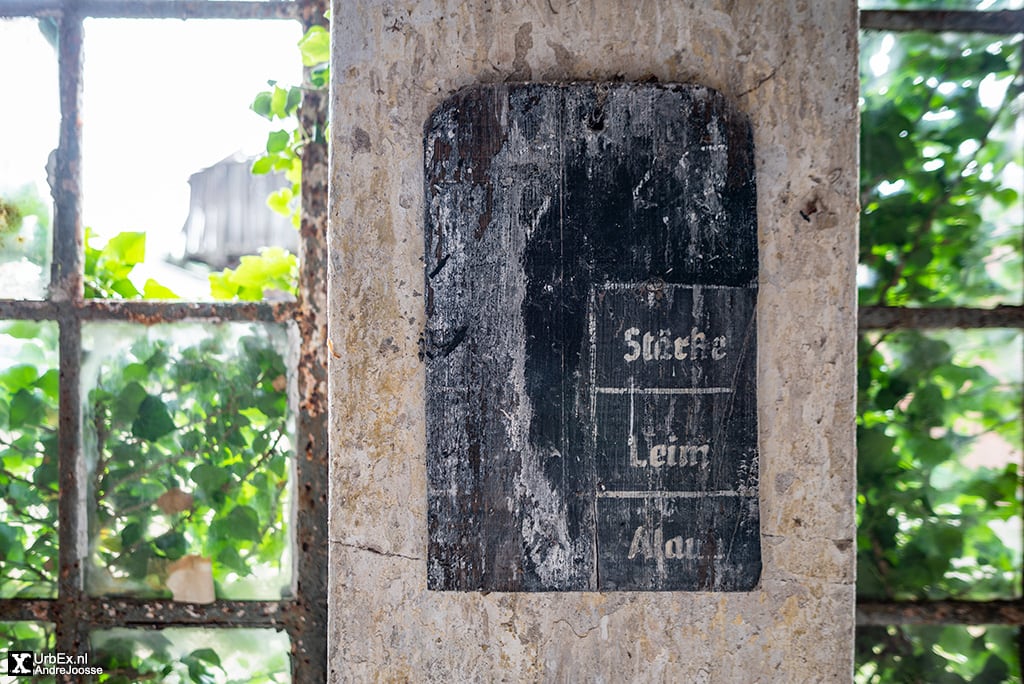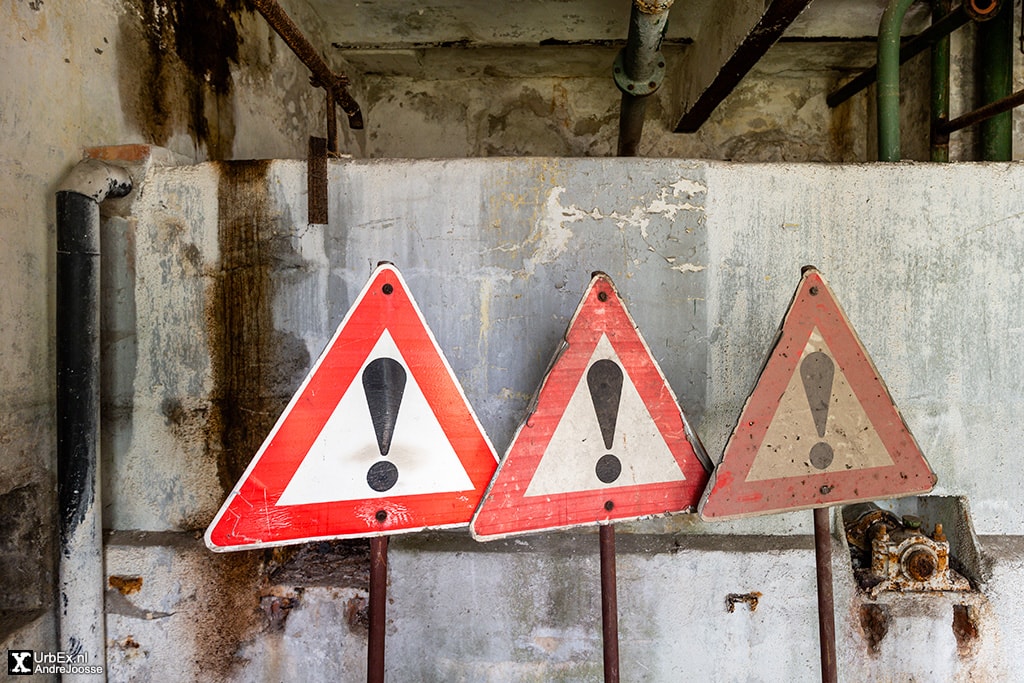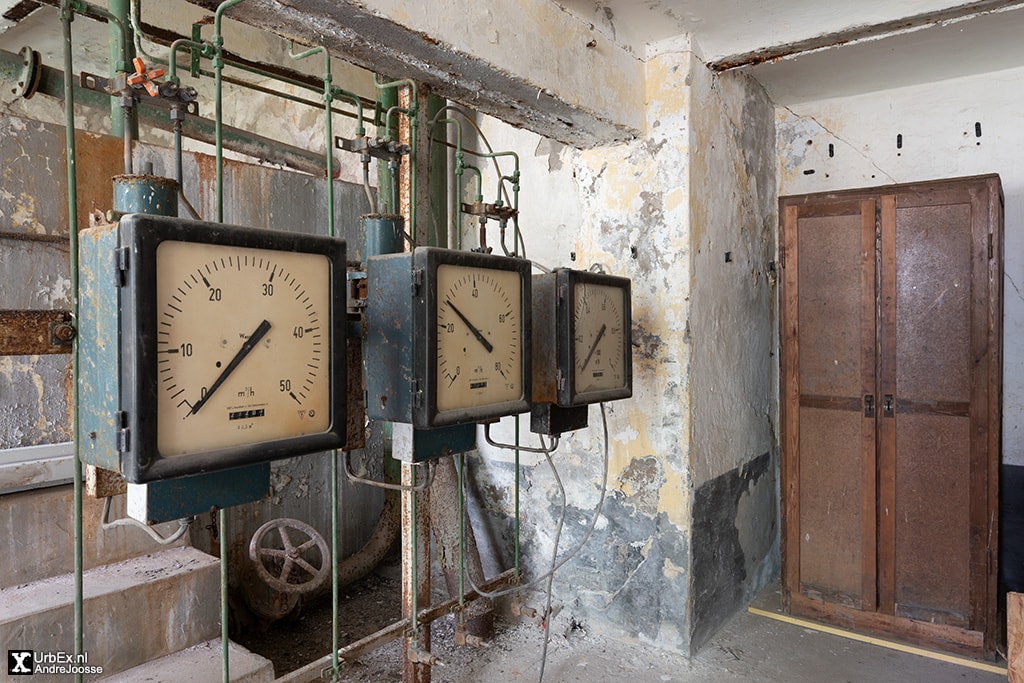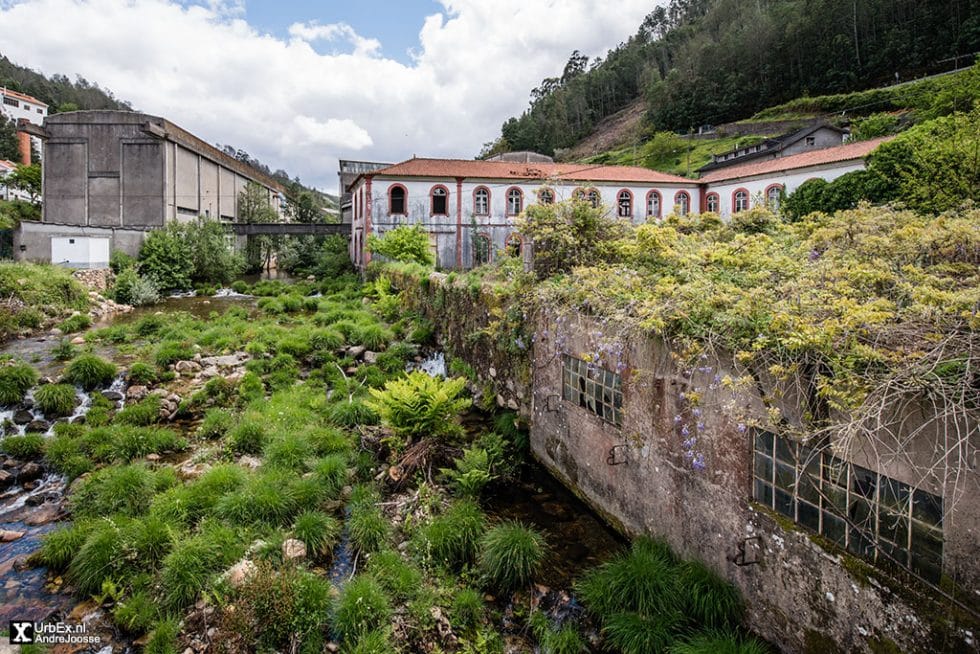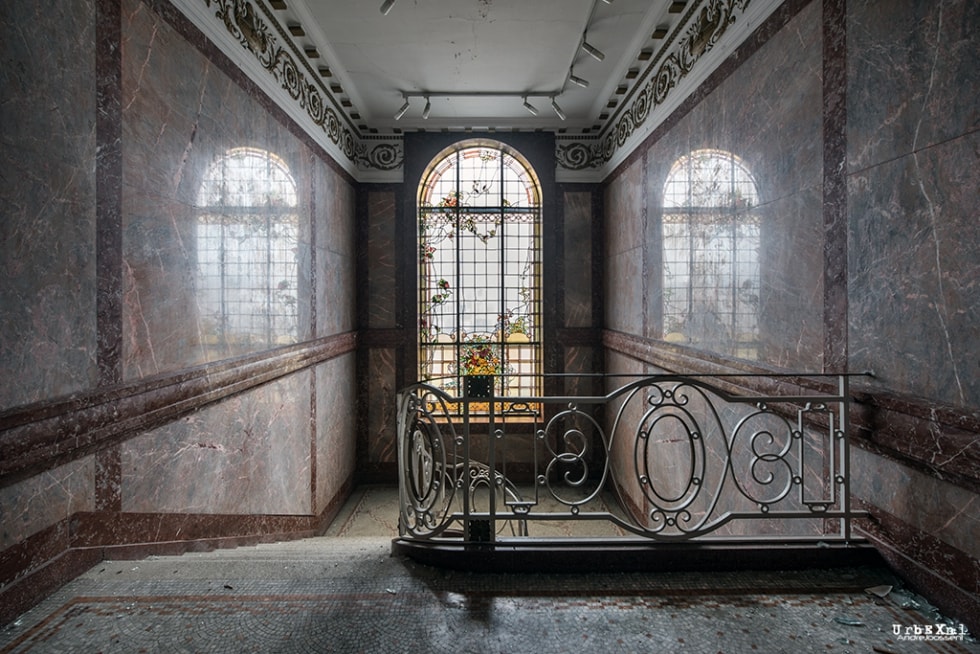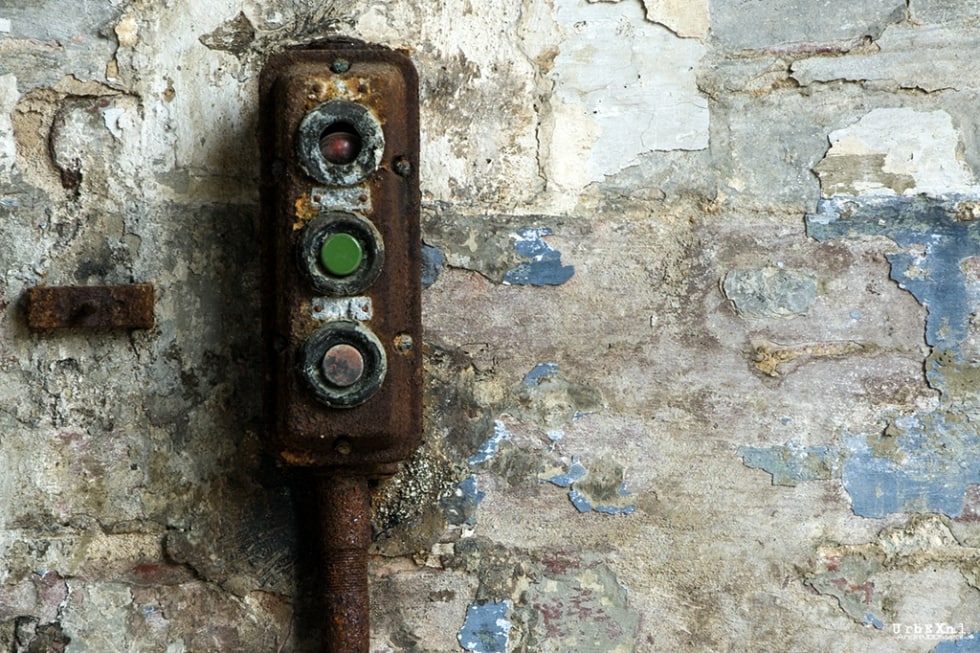Patent-Papierfabrik Hohenofen
THE ABANDONED PAPER PLANT IN GERMANY
‘Patent-Papierfabrik Hohenofen’ is an old paper plant in the German village Hohenofen. It was built in 1838 and stopped production after the German reunification. Today the site in a protected monument. Discover the intriguing history of the abandoned paper factory nestled within the remnants of an old blast furnace site.
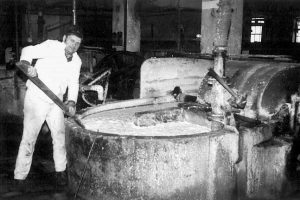
The paper factory was built on the site of the old blast furnace. The ‘Seigerhüttenwerk’ was shut down in early 1833 due to inefficiency. The paper plant went into operation on July 1, 1838. During its early years, the factory boasted an impressive annual production of 140 thousand kilograms of paper. Renowned for its meticulous craftsmanship, the plant specialized in producing exceptionally fine watermark paper, particularly favored for official government documents. Witnessing a shift towards privatization, the paper mill underwent significant changes in 1886.
This pivotal year marked the installation of a state-of-the-art paper machine capable of producing paper with a width of 180 centimeters. Accompanying this technological advancement, a new production hall was erected, alongside the construction of three bleach plants, a cellulose storage facility, and two warehouses. In 1905, the Hohenofen factory embarked on a new chapter when it was acquired by the esteemed company ‘Felix Schoeller & Bausch’ from Neu Kaliß in Mecklenburg. This acquisition brought fresh opportunities and innovations to the factory, shaping its trajectory in the years to come.
Transparent drawing paper
From 1953 different papers, such as transparent drawing paper, transparent blueprint paper, book paper, cardboard, manila crêpe, knurled paper and wrapping paper were produced. The annual production that year was 820 tons of paper. During 1967 production was switched to the exclusive production of transparent drawing paper. The paper was exported to the entire Eastern Bloc, right up to Cuba.
Shortly after the fall of the iron curtain, production was stopped due to the competition from the west. Eventually, the plant had to close in 1992 and almost 140 employees lost their job. However, in 2003 the buildings and machines became an industrial monument and were saved from demolition.
Museum
Today, the main building of the abandoned paper factory has been repurposed to serve as more than just a museum. It now hosts a variety of cultural events, including concerts, art exhibitions, and other engaging activities. Moreover, the surrounding buildings on the expansive 1.5-hectare site have found new life as well. These structures are utilized as studios and workshops for the production and sale of locally sourced, sustainable products. This transformation reflects a commitment to preserving the heritage of the ‘Patent-Papierfabrik Hohenofen’ while embracing modern initiatives for community engagement and environmental stewardship.
Having personally explored the ‘Patent-Papierfabrik Hohenofen’ in 2019, I can attest to the captivating blend of history and contemporary innovation that defines this remarkable site.
